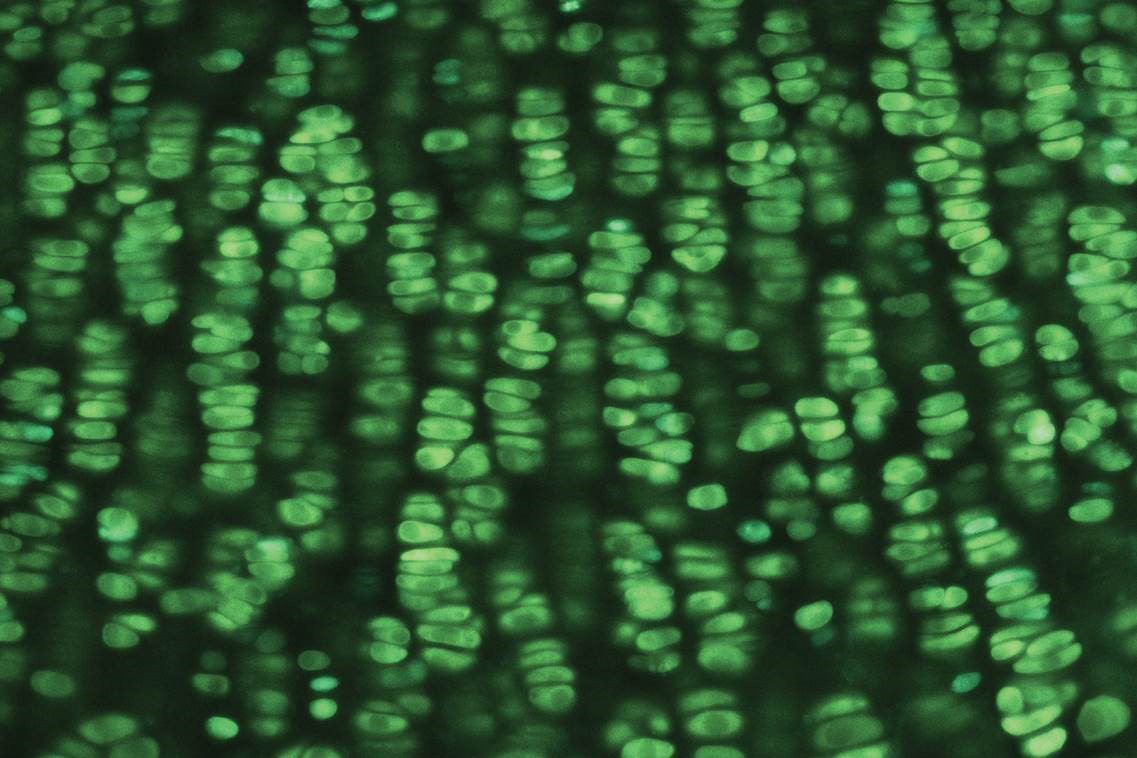As components of two entirely separate systems in the body, you wouldn’t think ovaries have much in common with bones. But it turns out they do – and their commonalities may help explain why dwarfs such as actors Peter Dinklage and David Rappaport are so short, say UConn Health scientists.
The connection – the interaction of two enzymes in bone – discovered by Laurinda Jaffe, professor, and Leia Shuhaibar, assistant professor in the Department of Cell Biology, together with colleagues at the University of Minnesota, is now published in eLife.
Jaffe and Shuhaibar had been studying fertility when they noticed their mice had unusually long bones. In their study, the scientists worked with a mutated gene for the NPR2 enzyme, which controls how eggs mature in the ovaries.
NPR2 needs chemical groups containing phosphorus (phosphates) to stick to it for it to work. In their lab, NPR2 behaved as if its phosphates were permanently stuck to it, so it was always on. That caused another enzyme, called fibroblast growth factor receptor, to be blocked so that bones grew more than usual.
By contrast, in achondroplastic dwarfism, the fibroblast growth factor receptor is always “on,” so bones don’t grow enough. Achondroplastic dwarfism, the condition that caused Dinklage and Rappaport to be so short, affects 1 in 15,000 people and is the most common type of short-limbed dwarfism in the world.
In more recent work, Shuhaibar and colleagues discovered a new part of the mechanism by which overactive fibroblast growth factor receptor causes dwarfism – by causing the phosphate groups to be removed from NPR2.
Jaffe and Shuhaibar are now studying which specific molecule removes the phosphate groups from NPR2. If they find that out, researchers might be able to use it as a drug target to treat achondroplasia.
This work was supported by grants from the National Institutes of Health (R37HD014939 to Laurinda Jaffe, UConn Health, R01GM098309 to Lincoln Potter, University of Minnesota, T32DK007203 to Jerid Robinson, University of Minnesota, and R90DE022526 to Ninna Shuhaibar, UConn Health); and from the Fund for Science (to Leia Shuhaibar, Caroline Dealy, and Laurinda Jaffe, UConn Health, and Lincoln Potter, University of Minnesota).



